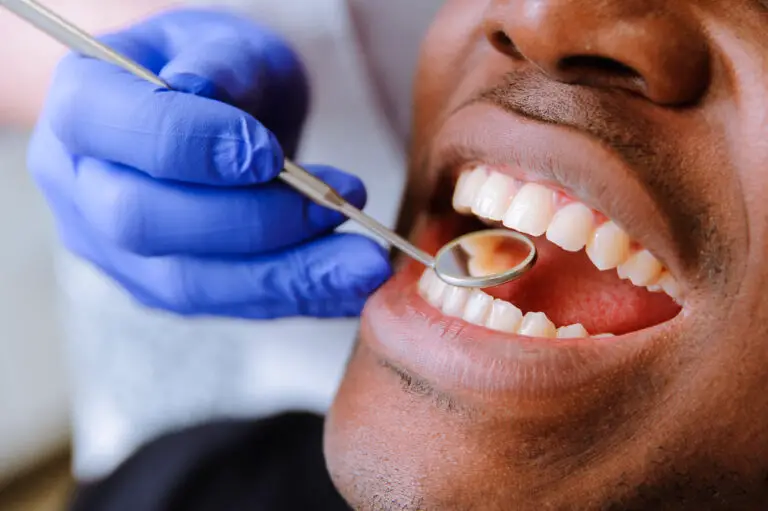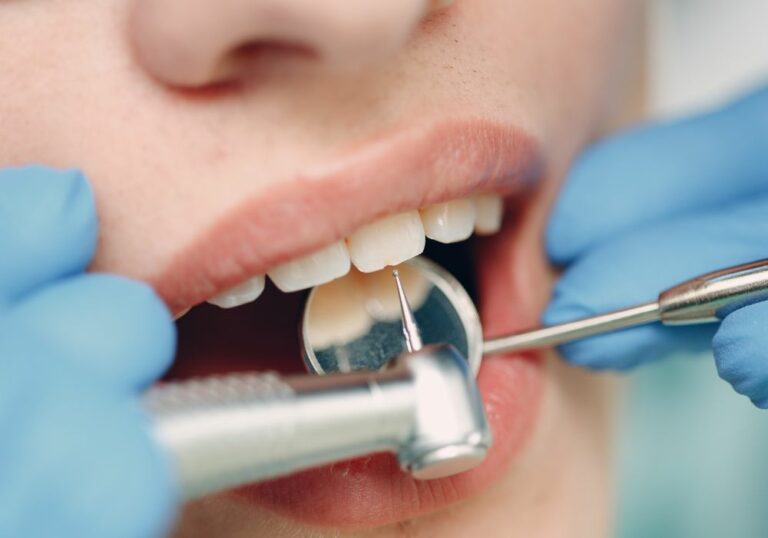An overview of tooth anatomy
Before examining tooth longevity, it helps to understand the anatomy and composition of teeth. Each tooth is made up of multiple complex living tissues that work together to create a hard, durable structure designed to handle the forces of biting and chewing.
Enamel – The outermost layer of the tooth crown. Enamel is composed of hydroxyapatite, a crystalline calcium phosphate mineral that makes it the hardest and most highly mineralized substance in the human body. While very strong, enamel is susceptible to erosion from acid and mechanical wear from chewing forces.
Dentin – Underneath the enamel layer is dentin, a bonelike tissue that makes up the bulk of each tooth. It has less mineral content than enamel making it slightly softer and more flexible but still quite durable. Dentin contains tiny tubules with microscopic fluid-filled channels that lead to the pulp.
Pulp – The soft tissue at the center of the tooth containing blood vessels, nerves and connective tissue. The pulp provides nutrients to the surrounding dentin and creates an initial form of dentin as the tooth develops. It senses thermal changes and pain through nerves.
Cementum – This bone-like tissue covers the tooth root and anchors it firmly into the jawbone via collagen fibers. Cementum is softer than enamel and dentin but helps hold the tooth in place.
Periodontal ligament – The periodontal ligament is a group of specialized connective tissue fibers that essentially attach each tooth to the surrounding alveolar bone socket by embedding into the cementum on one side and the bone on the other. This suspends the teeth in the jawbone while still allowing for some individual tooth movement.
Roots – The roots are the lower portions of each tooth that extend down into the jawbone. Their purpose is to firmly anchor the tooth and provide stability. The number and shape of roots varies based on the type of tooth.
This combination of hard, calcified outer tissues (enamel and dentin) and softer living interior pulp allow the teeth to withstand forces from chewing and biting while remaining sensitive. But the teeth still remain vulnerable to problems like decay and trauma that can shorten their lifespan.
Factors that influence tooth longevity
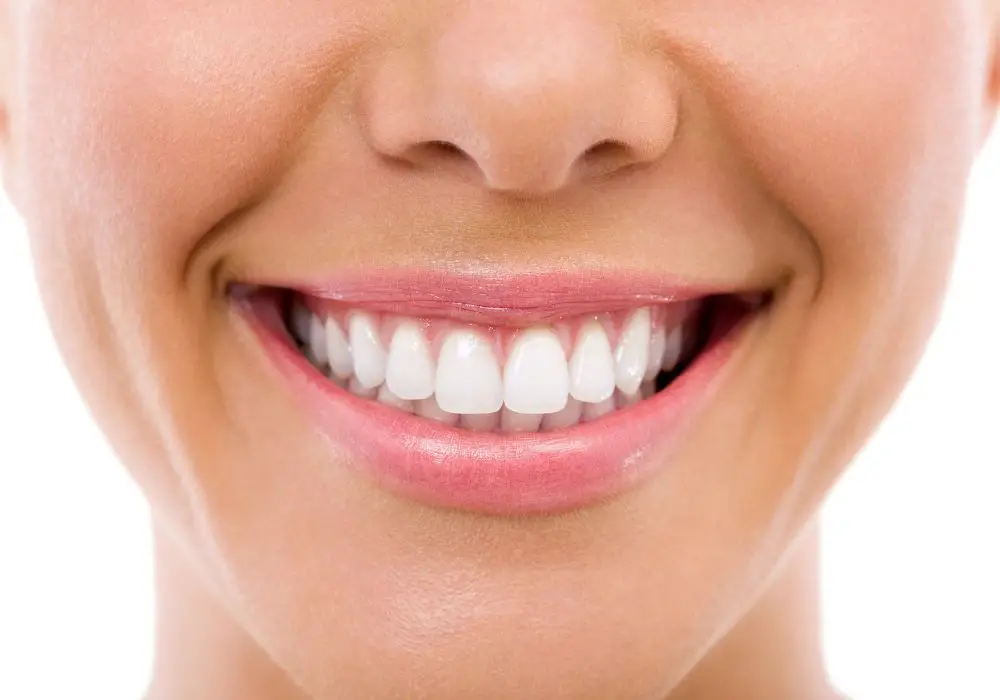
Many different factors can impact how long natural teeth can survive in the mouth. These include both modifiable habits and behaviors as well as genetic traits that affect susceptibility to dental issues.
Oral hygiene habits
Daily oral hygiene practices are critical in removing disease-causing plaque that builds up on teeth. Poor brushing and flossing habits allow decay and periodontal disease to advance much more rapidly. Meticulous daily cleaning of tooth and gingival surfaces is essential for dental health and longevity.
Dietary habits
Frequent consumption of refined sugars, acidic foods and carbonated or sugary beverages promote an environment for tooth decay. A healthy diet low in sugar with limited snacking frequencies is important in protecting enamel.
Grinding and clenching
Bruxism describes forceful clenching and grinding of the teeth, often while sleeping. This puts extreme pressure on teeth and can cause fractures, chips and excessive wear of the chewing surfaces as well as damage to dental work. Using a custom nightguard can help prevent bruxism from severely damaging teeth.
Tobacco use
Tobacco use including cigarette smoking and chewing tobacco is strongly associated with increased plaque buildup, gum disease, stain, and oral cancer risks. Both smoking and spit tobacco negatively impact tooth longevity.
Drug and alcohol use
Frequent consumption of alcoholic beverages can lead to enamel erosion and recession from the acids contact. Many illicit drug use side effects also often include dry mouth and teeth grinding. Methamphetamine is notoriously linked to “meth mouth” rampant decay issues.
Chronic health conditions
Medical issues like diabetes, cancer treatments, eating disorders, acid reflux, and osteoporosis can increase risks for rapid dental decay, dry mouth, and loss of bone support for the teeth. Management of chronic illnesses is key to protecting oral health.
Genetic factors
There are some genetic predispositions that can affect tooth formation and resistance to dental disease. Enamel properties like thickness and mineralization along with jaw and tooth sizes and shapes have genetic influences that can increase decay or malocclusion risks. Periodontal disease susceptibility also has genetic components.
Preventive dental care
Regular cleanings, oral cancer exams, dental x-rays, sealants, and fluoride treatments are extremely important in preventing many issues that shorten tooth lifespan. They help detect and treat small problems before they become more complex and damaging. Lack of routine professional dental care is a major reason for premature tooth loss.
Oral trauma
Dental injuries from sports, accidents, falls or trauma that result in chips, cracks, knocked out teeth, or fractures can lead to pulp death or infection and necessitate root canals, crowns or extraction. Protective mouthguards help prevent such trauma.
Large restorations
While minor fillings can preserve tooth structure long-term, large fillings weaken the remaining tooth making fractures more likely over time. Crowns also remove outer enamel and dentin. The more tooth structure lost, the shorter the lifespan.
Tooth longevity by type
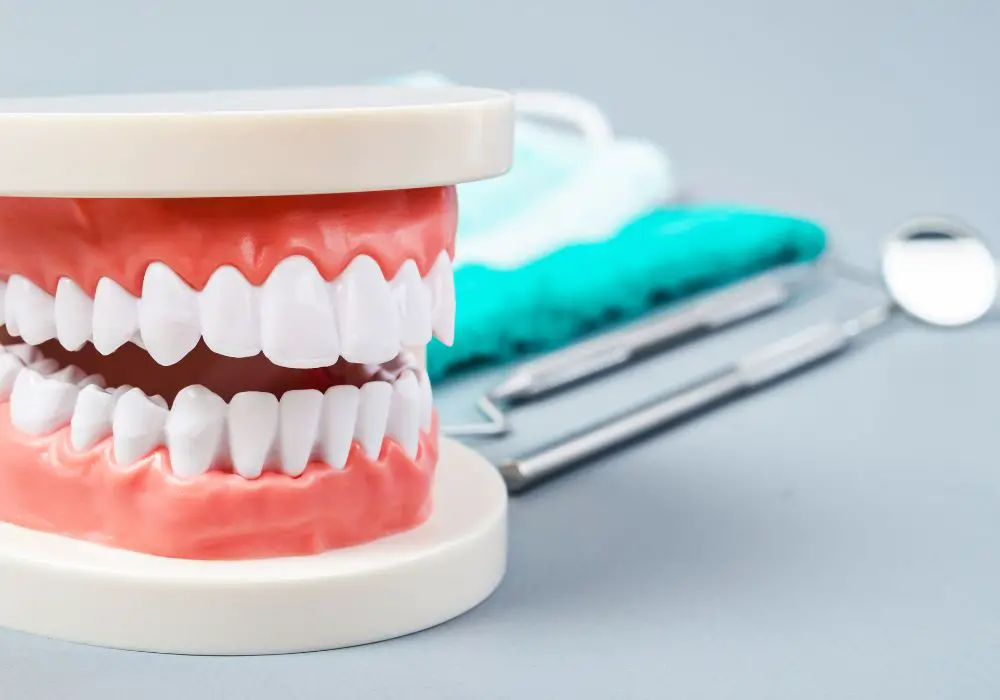
Incisors
The incisors (central and lateral) are the front four teeth present in each quadrant of the mouth. Their primary function is shearing or cutting food during biting. Incisors have a flat edge and single root.
Lifespan – With their prominent front positioning, incisors are prone to chipping and fracturing from trauma or injury more than other teeth. Their lack of contact with opposing teeth also leads to less abrasion from chewing forces. However, many people exhibit increased wear of the incisor edges from using them to grip or tear objects. If protected from trauma, incisors can remain functional for the lifetime of a patient but may exhibit thinning, transparency and gradual shortening from continual use.
Common issues – Fractures from accidents, sports injuries or falls are frequent in incisors, sometimes requiring root canals or extractions in severe cases. Chipping from biting on hard objects like ice or pens also occurs. Bruxism can accelerate incisor wear over time.
Canines
The canines, or cuspids, are the longer pointed teeth located lateral to the incisors. They have the longest root which anchors them deeply into the jawbone. Canines function for piercing and tearing foods.
Lifespan – The canines exhibit very stable chewing function and often endure well into old age with minimal wear since they have no contact with opposing teeth. But their roots can weaken over time eventually resulting in mobility. Canines are among the longest lasting teeth in the mouth when protected from trauma.
Common issues – Given their position and single pointed cusp, canine fractures are uncommon outside of facial trauma. However, the canines may require root canals later in life as the pulp chamber and roots gradually become calcified. Canine crowns can also become loose with advanced periodontal disease.
Premolars
The two premolars, also called bicuspids, are located lateral to the canines and are designed for tearing, crushing and grinding food. They have two pointed cusps and strong dual roots.
Lifespan – The premolars handle forces from both biting and chewing which exposes them to potential decay and wear over time. Despite being very durable with their extensive roots, premolars are among the most likely teeth to fracture with age from weakened cusps. With proper preventive care and minimal large restorations, premolars often remain functional for several decades before extraction.
Common issues – Given their chewing demands, premolars often require fillings for decay at some point. Cracks and fractures, especially of the mesiobuccal cusp, are common in older adults. The two widely spaced roots make them more prone to periodontal disease than single rooted teeth.
Molars
The molars are the large, multi-cusped back teeth used for grinding food and mastication. The have multiple roots for added stability to handle chewing forces. There are three molars in each quadrant.
Lifespan – With their size and extensive roots, molars are structurally stable and can potentially last a lifetime if decay and excessive wear can be prevented. However, the chewing surfaces wear down more quickly from use which can lead to cavities and need for crowns. Molars account for the most dental work.
Common issues – Due to food stagnation and biting forces, molars tend to accumulate more decay than other teeth. Extensive cavities and large old fillings often necessitate crowns to restore form and function in older patients. Root canals are also common. Third molars or wisdom teeth frequently require extraction.
Estimated average tooth lifespan
With dedicated personal oral hygiene practices and professional dental care, the average lifespan of natural teeth has steadily increased over the 20th century. However, individual patient habits and behaviors can still significantly impact longevity. Here are some general estimates on average tooth survival times:
- Primary (baby) teeth – Around 6-12 years. The primary teeth begin erupting around 6 months old and are gradually shed and replaced by permanent teeth from around ages 6-13.
- Incisors – Estimated lifespan of 15-20 years for central incisors and slightly longer for lateral incisors if protected from trauma. Moderate wear and potential need for restoration often occurs by mid 40s without loss of the tooth itself.
- Canines – May remain functionally intact for 20-30+ years due to stable root anatomy and minimal wear from lack of opposing contact. Root canals or overdentures may eventually be needed.
- Premolars – Similar to canines, premolars often remain present with increasing dental work into middle age and beyond. Average survival around 20-35 years depending on degree of wear, decay or cracks.
- Molars – First and second molars tend to have lifespans of 25-35+ years, longer than premolars but with more frequent need for crowns, root canals and complex fillings. Third molars are commonly removed in adolescence or early adulthood.
- Complete tooth loss – Was once common by ages 50-60 but now rare with modern preventive dental care barring severe neglected disease. Some degree of tooth loss by age 60-70 is still relatively prevalent, but focused oral hygiene and professional treatment can prolong longevity.
Maintaining natural tooth longevity
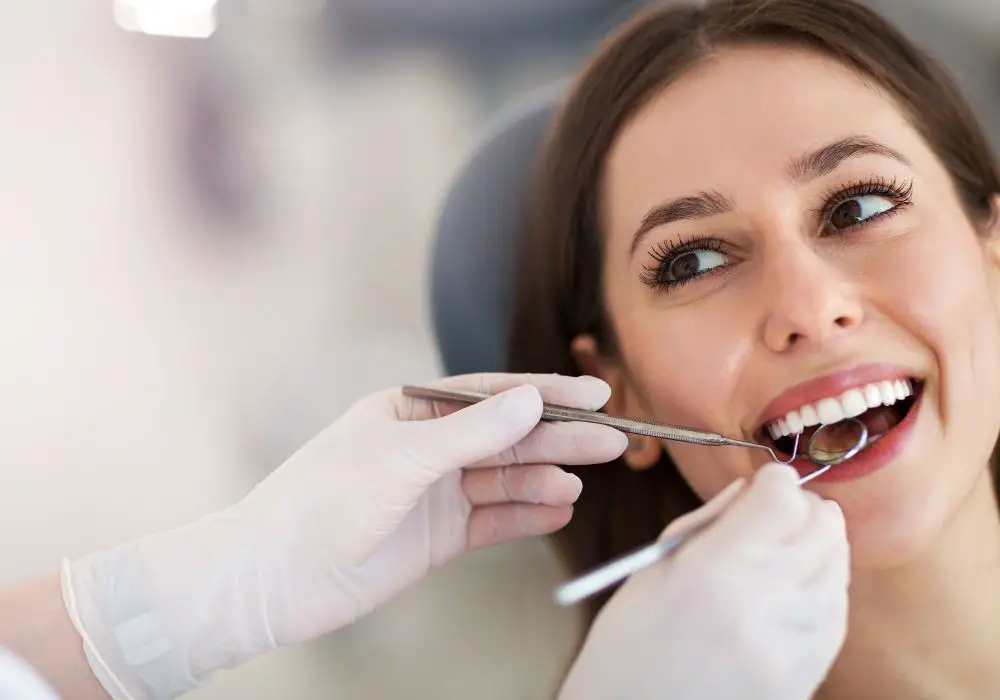
While average tooth lifespans have improved over the decades, there are many ways individuals can optimize dental health to keep natural teeth functioning longer:
- Brush and floss thoroughly daily – Preventive home care disrupts plaque to prevent decay and gingival inflammation that lead to tissue and bone loss over time.
- Use fluoridated products – Fluoride toothpaste, rinses and municipal water help strengthen enamel and protect from acid demineralization that causes cavities.
- Address malocclusion – Having proper dental alignment reduces risk for excessive wear and periodontal disease for better longevity. Orthodontics may help.
- Protect from trauma – Wear properly fitted sports mouthguards during contact activities and avoid chewing on hard items like pens to prevent fractures and injury.
- Monitor bruxism – Reduce daytime clenching and minimize night grinding by getting fitted for a custom occlusal guard to prevent damage.
- Care for dental restorations – Crowns, fillings, implants and other dental work still require diligent hygiene to have optimal long-term outcomes for the remaining natural tooth structure.
- Use MI Paste products – These pastes contain RECALDENTTM or CPP-ACP to enhance remineralization of vulnerable tooth surfaces.
- Limit acidic foods/drinks – Refrain from frequent or excessive consumption of acidic beverages, citrus and vinegar which erode enamel over time.
- Quit tobacco – Cigarette smoking is strongly associated with gum disease, oral cancer and tooth loss. All forms of tobacco should be avoided.
- Get regular cleanings – Professional cleanings and oral cancer screenings every 6 months allow early detection and preventive care for vulnerabilities from use or genetic predispositions.
Dental solutions when teeth are lost
Despite best efforts, eventual age-related tooth loss is likely unavoidable. When teeth are compromised and fail restorative treatments, there are several good options to replace lost teeth and restore oral function:
Dental implants – Titanium implants fused to the jawbone function like tooth roots, providing a strong, durable anchor for lifelike crowns or dentures. Implants help prevent bone loss after extractions.
Bridges – Fixed partial dentures that are cemented in place and attach a false tooth between two crowns on adjacent natural teeth for support.
Partial dentures – Removable acrylic and metal plates with attachments that replace several missing teeth and can be taken out for cleaning. Conventional or implant retained.
Full dentures – Full sets of removable replacement teeth that sit on the gingiva and palate. Can be used temporarily during implant integration or as a permanent solution.
Crowns – Restorative caps placed over damaged, cracked or worn teeth to regain shape, function and strength. Help protect remaining tooth and delay extraction.
Regular dental visits for exams and cleanings can help maintain the longevity of teeth. But innovative prosthetic solutions are available to replace teeth lost to damage, disease or trauma. With proper care, restorations like implants can allow lifelong comfortable chewing and confident smiling.
Frequently Asked Questions
What is the shortest-lived tooth?
Themandibular third molars, or wisdom teeth of the lower jaw, tend to have the shortest average functional lifespan. Their late emergence, difficulty fully erupting due to inadequate space and impaction frequently lead to early extraction in adolescence or early adulthood.
How does fluoride help tooth longevity?
Fluoride protects teeth through remineralization and strengthening of the enamel structure. It helps prevent caries and resist acid erosion. Both topical and systemic fluoride exposure is beneficial. Fluoridated toothpaste, water and professional fluoride applications preserve teeth.
Can diabetes or pregnancy affect tooth lifespan?
Yes, both diabetes and pregnancy increase risk for gingival inflammation and rapid periodontal disease progression. Varying blood glucose and hormone levels can worsen oral bacteria growth, potentially shortening tooth lifespan. Working closely with dental providers helps reduce risks.
Why do back teeth often fail before front ones?
The premolars and molars bear the brunt of chewing forces making them more prone to decay, wear and fracture over time. Their larger size also makes them more difficult to fully restore. But with good hygiene and preventive resin restorations, back teeth can endure decades.
How do dental injuries shorten lifespan?
Trauma from sports, accidents, falls or physical abuse frequently causes crown fractures, tooth avulsion or luxation that can lead to pulp necrosis necessitating root canals or extractions. Protective mouthguards help prevent such damage and prolong tooth viability.



